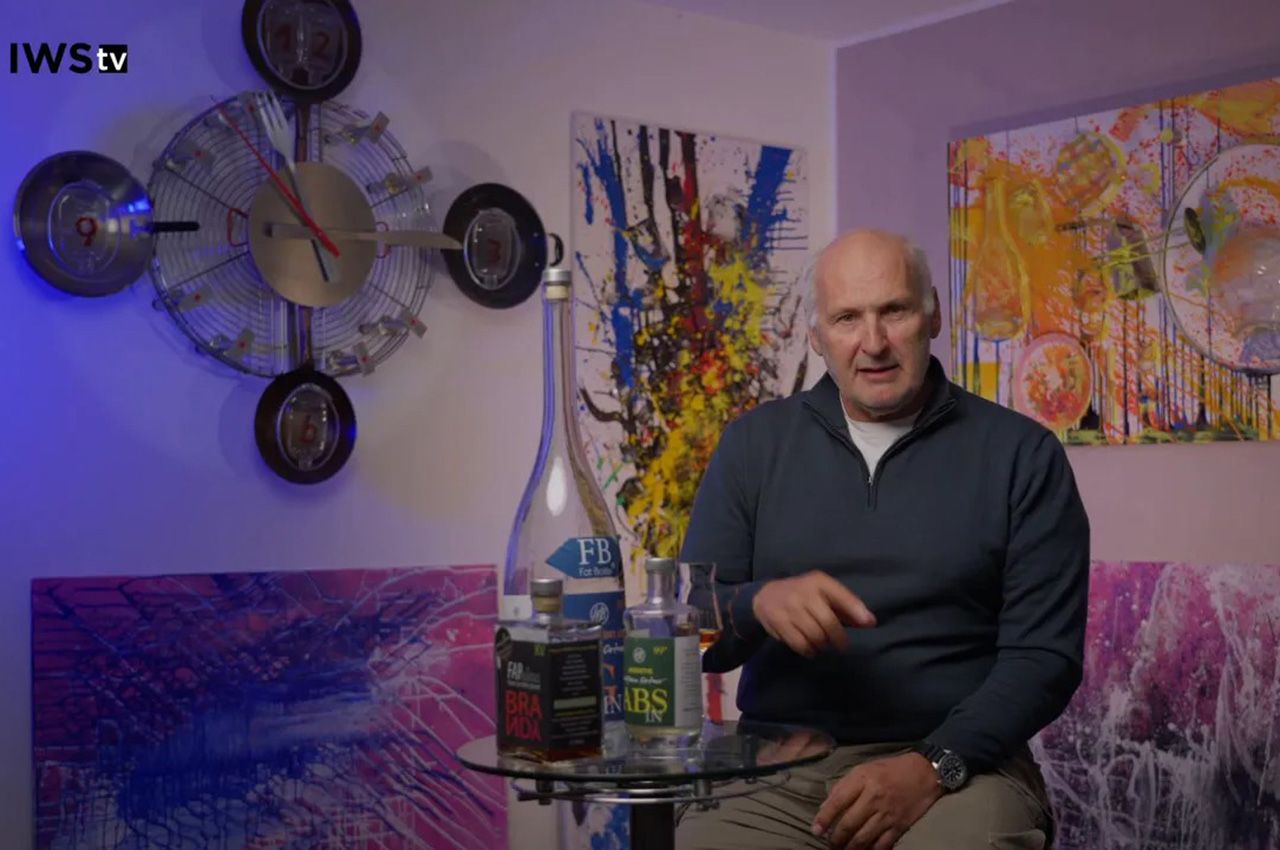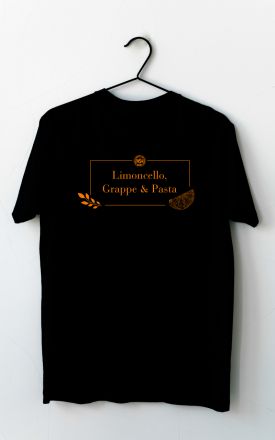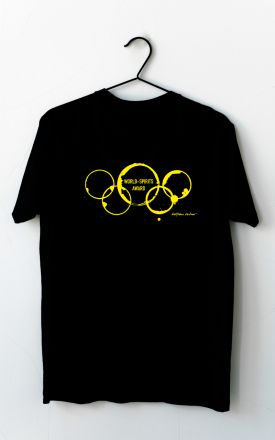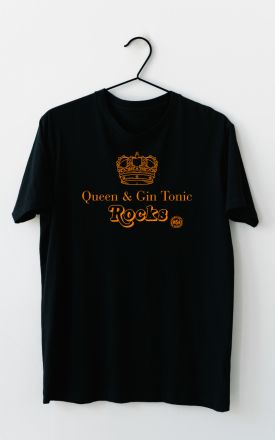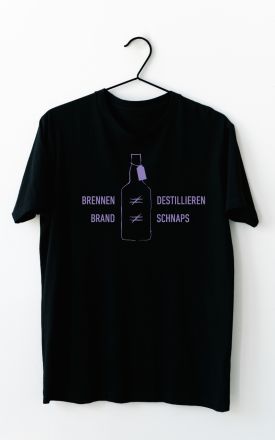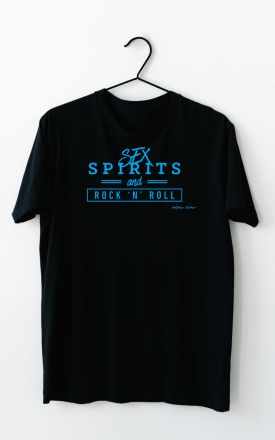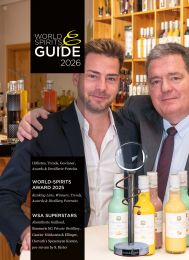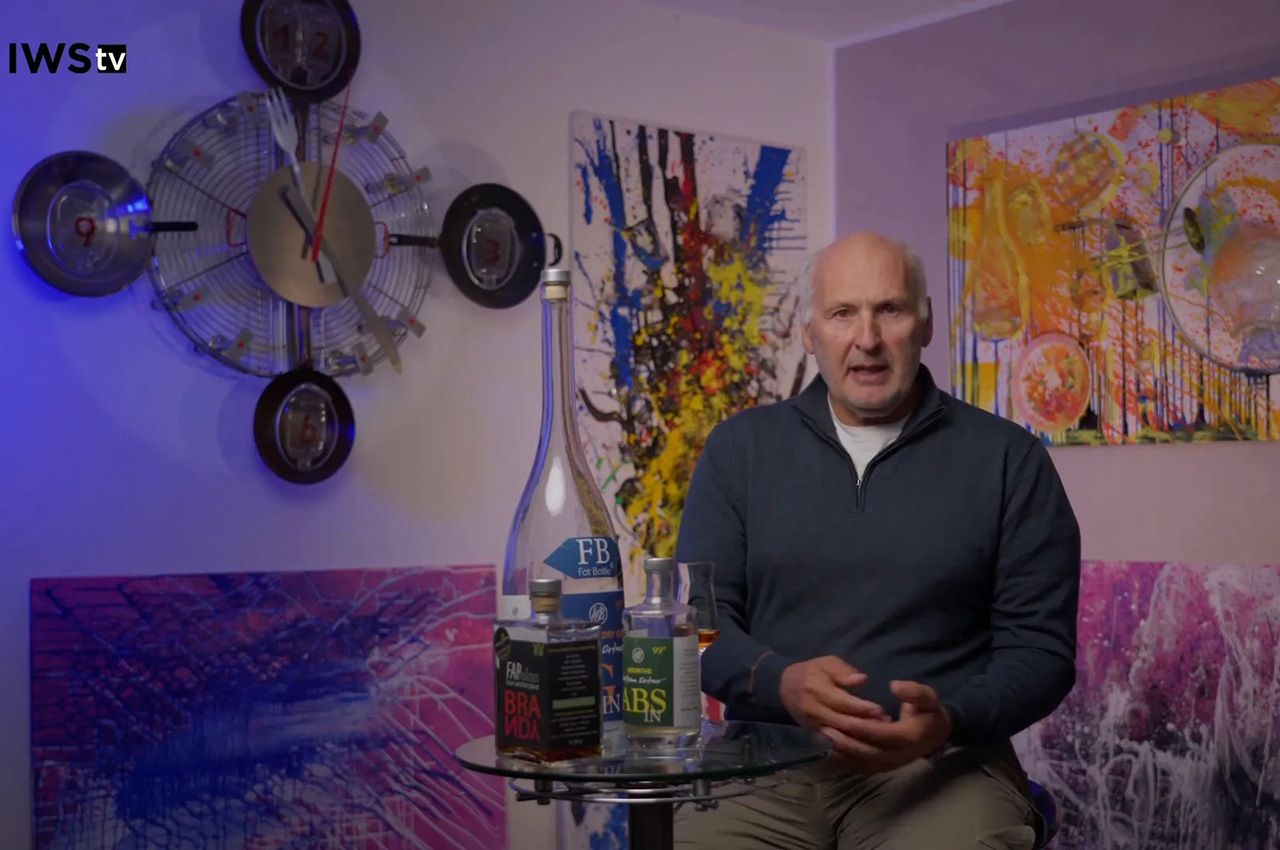
Table of Contens
- Outline: What you’ll learn
- Introduction: From pastry kitchen to bottle — the story behind the Secrets of the Perfect Chocolate Liqueur
- Why an egg liqueur base? The foundation of the Secrets of the Perfect Chocolate Liqueur
- Choosing chocolate and cocoa: Key components in the Secrets of the Perfect Chocolate Liqueur
- How much chocolate to use: percentages and balance
- Flavor pairings: the artful additions that define the Secrets of the Perfect Chocolate Liqueur
- Alcohol choice: why neutral alcohol is the norm
- Production tips: cooking the chocolate sauce and integrating the base
- Stability, fat separation, and how to fix a thick liqueur
- Natural aromas and extracts: keeping it authentic
- Practical recipe framework: a simple formula to try at home
- Common problems and troubleshooting
- Why craftsmanship matters: the human factor in the Secrets of the Perfect Chocolate Liqueur
- Presentation and serving ideas
- FAQ — Frequently Asked Questions about the Secrets of the Perfect Chocolate Liqueur
- Final tasting notes and parting advice on the Secrets of the Perfect Chocolate Liqueur
- Wrap-up and invitation
Secrets of the Perfect Chocolate Liqueur
Welcome — if you love chocolate and spirits, you’re in the right place. In this article I share the Secrets of the Perfect Chocolate Liqueur as discussed with me on Inside World-Spirits TV. I’m Florian Mückstein, and I’ll walk you through how a creamy, stable, intensely flavored chocolate liqueur comes to life: the inspiration, the ingredients, the technical craft, and the little tricks that turn good chocolate liqueur into the perfect one.
Introduction: From pastry kitchen to bottle — the story behind the Secrets of the Perfect Chocolate Liqueur
The idea of turning classic pastry flavors into a drinkable, spoonable liqueur began in a production kitchen. Our production manager, a trained pastry chef, had a simple wish: to translate the textures and layered flavors he produced in the bakery into bottles. That chef’s mindset — thinking in terms of custards, ganaches, and creams — is where the Secrets of the Perfect Chocolate Liqueur begin. Early attempts were more like dessert you ate with a spoon, but through iteration we found a balance: creamy, pourable, and powerfully chocolatey, yet stable and pleasantly drinkable.

Why an egg liqueur base? The foundation of the Secrets of the Perfect Chocolate Liqueur
One of the central pillars in our approach is using an egg liqueur as the base. Why? Because it already delivers creaminess, body, and a biscuit-like mouthfeel that pairs beautifully with chocolate. When you aim for the Secrets of the Perfect Chocolate Liqueur, you’re not just adding chocolate to alcohol — you’re building layers. The egg liqueur provides fat, sweetness, and a velvety texture that allows the chocolate component to shine without turning the drink syrupy or flat.
In practice, this means cooking a chocolate sauce or ganache and blending it with the egg liqueur. The pastry-trained production manager would make classic fillings — banana cream slices, chocolate tarts — and ask whether those flavors could exist in bottled form. The result: a chocolate liqueur that tastes like a refined dessert, but can be poured and enjoyed as a drink.

Choosing chocolate and cocoa: Key components in the Secrets of the Perfect Chocolate Liqueur
Not all chocolate is created equal, and for the Secrets of the Perfect Chocolate Liqueur the choice of chocolate matters more than you might expect. We source high-quality cocoa components and dark chocolate drops from reliable suppliers. Typically, the dark chocolate we use ranges from 70% to 80% cocoa. This strong percentage ensures the cocoa notes are intense and don’t get lost once mixed with the egg liqueur.
Using chocolate with a higher cocoa percentage means you need less of it to achieve the desired intensity. For example, a 70–80% dark couverture or cooking chocolate brings deep, slightly bitter cocoa characters and complexity. The rest of the sauce or mixture will be adjusted with sugar and, in some recipes, a controlled amount of water to keep it fluid for blending.

Why not milk chocolate?
Milk chocolate can be used, but because it contains more sugar and milk solids, you would need to add much more of it to the base to reach the same cocoa intensity. That increases sweetness and can alter mouthfeel negatively. For the Secrets of the Perfect Chocolate Liqueur we prefer darker chocolate because it delivers cocoa intensity with less volume, preserving balance and complexity.
How much chocolate to use: percentages and balance
When developing our recipes we’ve found practical ratios that work well on a production scale and can be adapted at home. Roughly speaking, you’ll need about 10% chocolate sauce relative to the full volume of the egg liqueur base (adjusted for additional flavor extracts or spirits). That 10% creates pronounced chocolate flavor without overwhelming the creamy base.
Keep in mind: if you use a less intense chocolate (like milk chocolate), you’ll have to increase that percentage. With intense dark chocolate and a rich egg liqueur base, that 10% is often all that’s required to achieve a sensorially powerful result.
Flavor pairings: the artful additions that define the Secrets of the Perfect Chocolate Liqueur
A great chocolate liqueur often features a “plus” — a single accent that transforms it from delicious to memorable. We create variants that always combine chocolate with another distinct taste. A few examples from our work:
- Choco-Pear (Schoko-Birne): Chocolate blended with a Williams pear brandy (Williams-Birnenbrand). The floral, fruity brandy lifts the cocoa and adds a fresh note.
- Choco-Chili: We extract flavor from local red Habaneros to make a chili extract. It gives a warm, lingering heat that contrasts the chocolate’s creaminess.
- Orange-Chocolate: Natural orange oil provides bright citrus top notes that cut through the richness.
- Mint-Chocolate: Peppermint essence gives a cooling counterpoint typical of many classic chocolate offerings.
These pairings are chosen to highlight how complementary flavors (fruit, spice, citrus, herbs) can elevate the chocolate and create a more interesting drinking experience. When working on the Secrets of the Perfect Chocolate Liqueur, subtlety matters — a little of the right partner goes a long way.

Alcohol choice: why neutral alcohol is the norm
For stabilizing and preserving our products we use neutral alcohol. The reason is simple: spirits with distinct flavors (rum, whiskey, brandy) bring their own character, which can mask or clash with the egg liqueur’s delicate profile and the specific chocolate pairing you’ve chosen. Neutral alcohol gives stability and shelf-life without introducing competing notes.
When we do add a flavoring spirit — like the Williams pear brandy in the choco-pear variant — we do so intentionally as a flavor component, not as the preservative. Otherwise, neutral ethyl alcohol is our go-to. At around 15% by volume, the alcohol itself helps preserve the product indefinitely when stored under the right conditions.
Production tips: cooking the chocolate sauce and integrating the base
Technique matters. Making a smooth, stable chocolate sauce and integrating it with the egg liqueur requires attention to temperature control and mixing. Our pastry-trained production manager cooks the chocolate sauce to a specific texture and viscosity so it blends smoothly. Milk or cream is not needed in the sauce because the egg liqueur contributes creaminess; instead, we balance the chocolate’s texture with sugar and a little water if needed to keep it fluid.
One practical tip: long, steady stirring ensures proper emulsification. Whether in a production kettle or a home saucepan, take the time to stir slowly and thoroughly so that the fat and water phases bind and the mixture doesn’t separate later. For anyone trying this at home, “long stirring” is one of the key takeaways for achieving the Secrets of the Perfect Chocolate Liqueur.
Stability, fat separation, and how to fix a thick liqueur
One common observation: cream liqueurs or egg-based liqueurs can appear thick or even partially separated when cold. That’s often simply fat (cocoa butter or dairy fat) rising to the narrow neck of the bottle and forming small droplets. It’s not a sign of spoilage — it’s a sign that the product contains good levels of fat, which contributes to mouthfeel and flavor.
How to fix it? First, don’t store egg or cream liqueurs in the refrigerator. Alcohol and fat create stable products at room temperature; refrigeration can cause the fat to congeal and increase apparent thickness. If the liqueur becomes too thick, shake the bottle vigorously and let it sit at room temperature. If needed, stir or pour a small amount into a spoon and gently stir to reincorporate the separated layer. These simple steps are essential to unlock the Secrets of the Perfect Chocolate Liqueur at home.

Natural aromas and extracts: keeping it authentic
We intentionally use natural aromas and essential oils — orange oil, peppermint oil, or extracts from real peppers — whenever possible. Natural essences offer clarity and freshness that artificial flavors can’t match. For the Secrets of the Perfect Chocolate Liqueur, the right natural aroma can introduce top notes that make the chocolate feel brighter and more nuanced.
Note on safety: essential oils are potent. Use food-grade oils and proper dilution. When extracting chili heat, for example, we prepare measured extracts that preserve the fruitiness of the pepper without overwhelming or creating unsafe levels of capsaicin in the finished liqueur.
Practical recipe framework: a simple formula to try at home
If you want to experiment in your own kitchen, here’s a simplified framework inspired by our production approach. This is meant as a guideline, not a strict recipe, because exact proportions depend on your ingredients’ intensity and the scale.
- Base: 1 liter of quality egg liqueur (commercial or homemade). This is your creamy backbone.
- Chocolate sauce: prepare about 100–150 ml of intense 70–80% dark chocolate sauce (cooled slightly). This corresponds to roughly 10% to 15% of the final volume, depending on desired intensity.
- Flavoring: add a measured teaspoon to tablespoon of your chosen natural extract — e.g., 10–30 ml Williams pear brandy for choco-pear; a small chili extract for choco-chili; or a few drops of orange oil for orange-chocolate.
- Alcohol adjustment: top up with neutral alcohol if you need to reach a target ABV (~15% for stability) — be mindful of local regulations and safety.
- Blend: stir slowly and continuously for several minutes until fully homogenous. Avoid whipping air into the mixture; gentle, consistent motion is preferred.
- Rest: let the blend rest to allow flavors to meld. If any separation occurs, shake or stir again before bottling.
This formula gives you a roadmap to explore the Secrets of the Perfect Chocolate Liqueur in your own kitchen. Adjustments will be necessary based on the starting strength of your egg liqueur, the intensity of your chocolate, and the potency of any essential oils or extracts you use.
Common problems and troubleshooting
Here are some practical fixes for the issues you’re most likely to encounter while pursuing the Secrets of the Perfect Chocolate Liqueur:
- Too thick or congealed: Bring to room temperature and shake. Avoid refrigeration.
- Fat beads at the neck: This is normal; shake or stir to reincorporate.
- Flavor too faint: Increase the percentage of the chocolate sauce slightly, or use a higher-percentage cocoa chocolate.
- Overly sweet: Choose a darker chocolate or reduce added sugar in the chocolate sauce.
- Heat too aggressive (chili): dilute the extract or reduce the amount. Capsaicin concentrates quickly.
Why craftsmanship matters: the human factor in the Secrets of the Perfect Chocolate Liqueur
Anyone can mix alcohol, cream, and chocolate. The difference between an ordinary product and the Secrets of the Perfect Chocolate Liqueur lies in craft: selecting quality raw materials, balancing flavors, careful cooking, and patient stirring. In our production, a pastry-trained specialist ensures that the texture and mouthfeel mimic the best dessert experiences while remaining pourable and shelf-stable. Long stirring, precise heating, and attention to the order of ingredient addition are small details that add up.
That’s why we don’t use flavored spirits as a shortcut unless we intend to feature them. Neutral alcohol maintains clarity, while natural essences provide the aromatic lift. Quality chocolate and careful technique create a liqueur that tastes like a thoughtful dessert in a glass.
Presentation and serving ideas
Chocolate liqueurs can be versatile. Here are a few serving suggestions that showcase the Secrets of the Perfect Chocolate Liqueur:
- Serve chilled in small cordial glasses as a digestif.
- Pour warm over vanilla ice cream for an instant affogato-style dessert.
- Use as a cocktail ingredient — pair with coffee liqueur and cream for a chocolate espresso martini variant.
- Drizzle over pastries or use as a filling component in confectionery creations.
Final tasting notes and parting advice on the Secrets of the Perfect Chocolate Liqueur
The Secrets of the Perfect Chocolate Liqueur are not a single trick but a collection of choices: quality chocolate, a creamy egg-based backbone, neutral alcohol for clarity, careful cooking and long stirring, and the right accent flavor to make the liqueur memorable. When those elements come together, the result is a liquid dessert that is silky, intense, and balanced.
Experimentation is part of the joy. Try a small batch with different chocolates, test a pear brandy accent or a carefully dosed chili extract, and observe how aroma and texture interact. Document your ratios and adjustments; refinement over several small iterations will yield far better results than trying to perfect a single large batch.

Wrap-up and invitation
If you’ve enjoyed exploring the Secrets of the Perfect Chocolate Liqueur with me, take that curiosity into your kitchen. Start small, choose a good egg liqueur base, pick a 70–80% dark chocolate for clarity, and respect the process: cook gently, stir long, and use neutral alcohol unless you intentionally want a secondary spirit character. Above all, taste as you go — chocolate is forgiving but also superbly expressive when handled carefully.
Thank you for reading and for sharing the enthusiasm for chocolate in liquid form. May your next experiment reveal something delicious and uniquely yours.
Key takeaways:
- Base matters: egg liqueur is a superior foundation for decadent texture.
- Use intense chocolate (70–80%) for pronounced cocoa notes with less added volume.
- Neutral alcohol maintains flavor clarity; add flavored spirits only when intentional.
- Long, steady stirring and proper emulsification are essential for stability.
- Store at room temperature; shake before serving if separation occurs.
If you’d like to try one of our recipes or dive deeper into tasting notes, I’ll be sharing a follow-up post that focuses on tasting and analyzing specific varieties — from choco-pear to choco-chili. Keep exploring the Secrets of the Perfect Chocolate Liqueur and enjoy every sip.

FAQ - Häufig gestellte Fragen
As a rule of thumb inspired by our approach: start around 10% chocolate sauce relative to the total blend volume. For intense 70–80% dark chocolate this creates a robust cocoa profile. Adjust upward for milk chocolate or if you want a heavier chocolate presence.
Separation is often caused by the fat content (cocoa butter or dairy fat) rising to the top in narrow bottle necks. This is normal. Gentle stirring or shaking reincorporates the fat. Proper emulsification during production minimizes this but cannot always eliminate it entirely.
You can, but be mindful that their flavors will alter the character of the chocolate liqueur. For the Secrets of the Perfect Chocolate Liqueur we prefer neutral alcohol to preserve the pure chocolate and egg liqueur profile. If you do add rum or whiskey, treat it as a deliberate flavor choice rather than a neutral preservative.
With neutral alcohol at appropriate strength and hygienic bottling, the shelf life is very long. The alcohol acts as a preservative. Appearance changes like slight fat separation are cosmetic and reversible by shaking. Always use clean utensils and bottles to avoid contamination.
No — for the Secrets of the Perfect Chocolate Liqueur, refrigeration is not necessary and often counterproductive. The alcohol content (around 15% ABV) preserves the product. Cold temperatures can cause fats to congeal, making the liqueur appear thick. Store at room temperature and shake before serving if needed.
Sesorisches Wissen Kompakt - IWS.TV Fibel

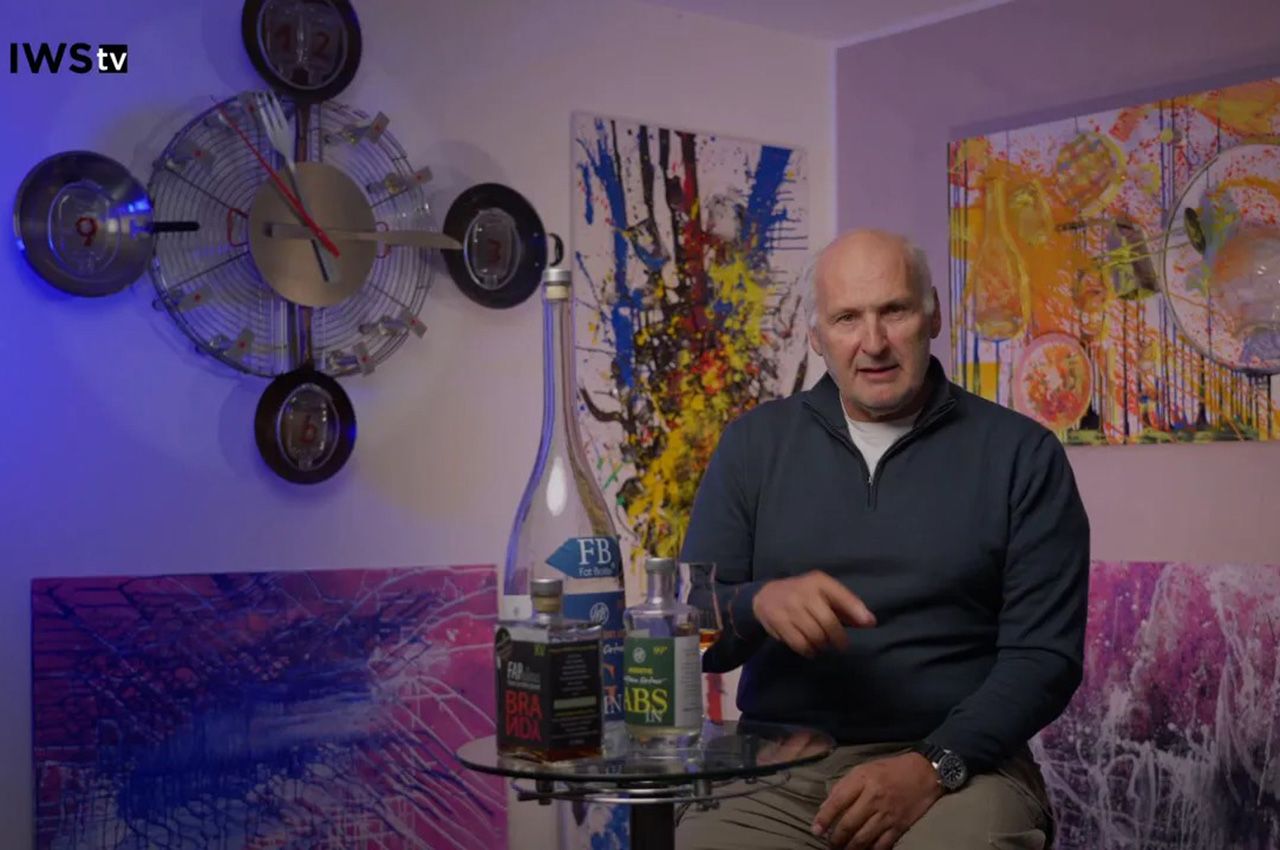
The Difference between Brandy, Cognac & Armagnac
